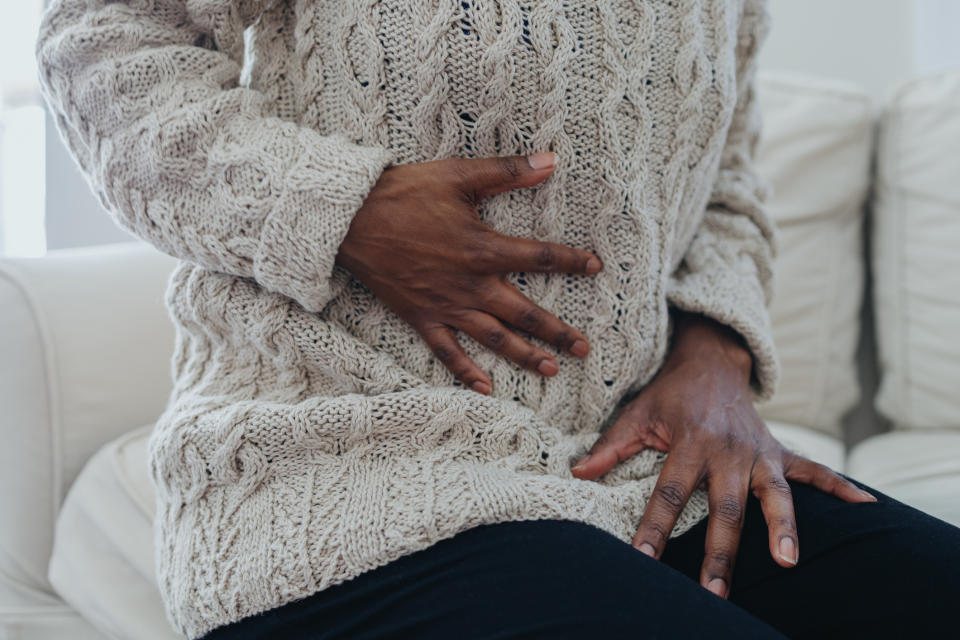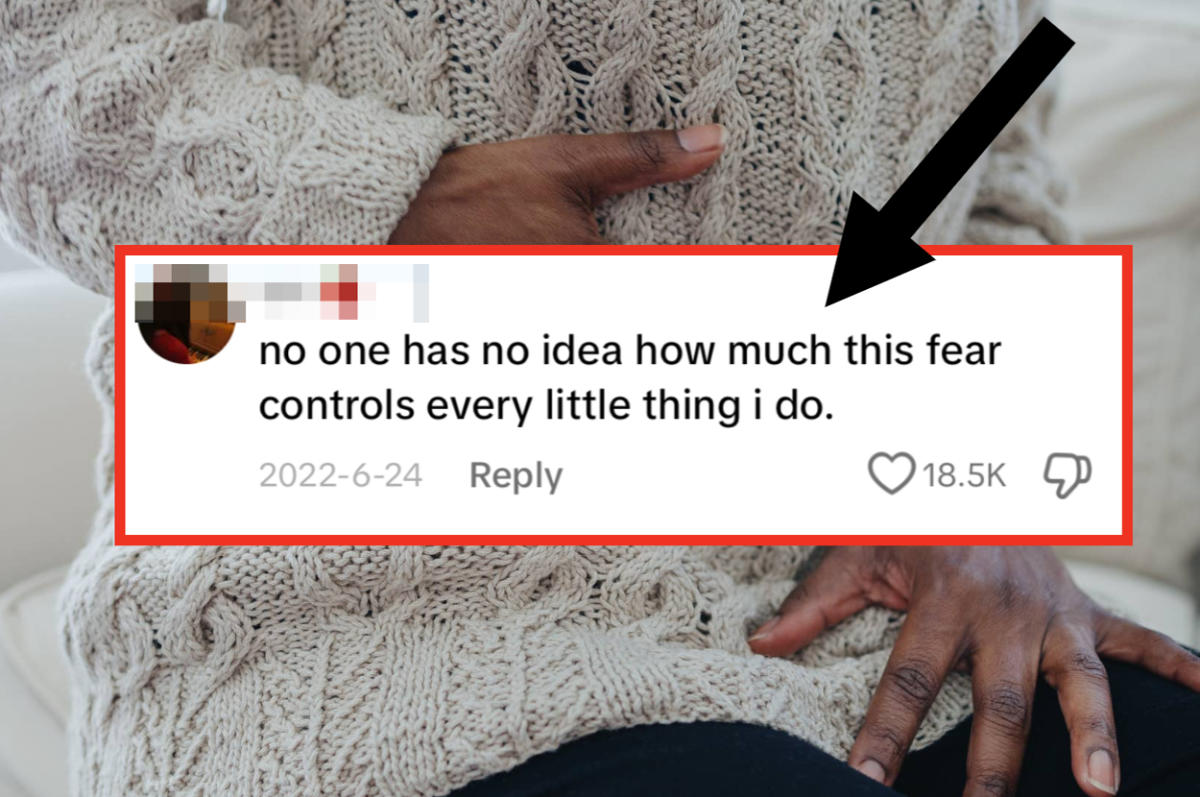Recently, TikTok has been flooded with various viral videos of people talking about their experiences with emetophobia.
And a lot of people who have it are just now realizing how many other people battle it as well.

So, to educate us all a little more on what it is, provide tips for those who struggle with it, and be mindful of others who have it, BuzzFeed spoke to clinical psychologist Dr. Kirren Schnack. She has been working in mental health for over 20 years and is the author of Ten Times Calmer.

Schnack explained that emetophobia is an extreme phobia of vomiting that interferes with a person’s everyday life. “When you have emetophobia, your life can become dominated by trying to avoid situations where you think that you might vomit.”

People who struggle with this phobia may avoid certain drinks or foods, stay away from places that may induce vomit (such as a theme park with rides), obsessively check food expiry labels, avoid alcohol, and/or feel intensely triggered around anyone appearing to feel unwell.

This can interfere heavily with their day-to-day life, leading to missed social activities, work, and/or school in an attempt to reduce exposure to the risks of vomiting.
Granger Wootz / Getty Images/Tetra images RF
Schnack said emetophobia can be diagnosed at any age, but it often begins in childhood, adolescence, or early adulthood. “I have also seen middle-aged adults with this phobia, too. It can be triggered by a traumatic vomiting experience or seeing other people vomit, but it can also develop in the absence of a traumatic event,” she added.

Emetophobia affects approximately 0.1% to 8.8% of the world’s population. “It is more common in women, though I have also seen boys and men with this phobia, albeit less frequently. Clinically, the risk factors I’ve noted include experiencing a traumatic vomiting incident (such as norovirus, a tummy bug, or food poisoning), having a family history of phobias or OCD, and witnessing someone else struggle with vomiting.”
Jose Luis Pelaez Inc / Getty Images
People who suffer from emetophobia are often hyper-vigilant to the physical sensations of nausea, according to Schnack. “They may also engage in excessive hand-washing to avoid contamination through germs that could then cause vomiting. Sufferers commonly experience physical symptoms of anxiety, such as increased heart rate, sweating, or dizziness, especially when they feel triggered, and they will also have consistent thoughts about the fear of vomiting.”

You can watch Schnack’s TikTok where she talks in more detail about it here.
@drkirren / tiktok.com
Emetophobia differs from normal queasiness, which is more acute, temporary, and less intense. “Typical nausea or queasiness doesn’t interfere with your overall life or cause long-term, extreme emotional distress. Normal queasiness is unpleasant but manageable and proportional to how people respond,” Schnack clarified.

Schnack said emetophobia usually requires professional treatment. “Cognitive Behavioral Therapy (CBT) is a well-evidenced treatment that helps people identify and challenge negative thoughts about vomiting, replacing them with more realistic ones. Exposure Therapy is also very effective for some people because it gradually exposes the person to vomit-related triggers and then builds up from there. It teaches the sufferer that they can tolerate the anxiety and manage their fear response without actually vomiting.”

Relaxation training and mindfulness are also good self-help techniques to reduce overall anxiety that comes with emetophobia, according to Schnack.

“If there has been a specific trauma related to vomiting, EMDR therapy can be very effective, and it is what I often use with my own patients — especially with those who feel unable to do exposure work or find CBT ineffective. EMDR stands for Eye Movement Desensitization and Reprocessing — it is a structured process that uses rapid eye movements or another type of bilateral stimulation to help people reframe and desensitize the negative emotions linked to the fear of vomiting or traumatic memory or vomiting. Working through this can reduce the emotional charge of the symptoms, and the phobia can sometimes dissipate quickly.”
Shurkin_son / Getty Images
Although it’s not always possible to completely prevent emetophobia, there are things that might help lower the risk. Schnack said educating children about how vomiting is a natural process for eliminating bodily toxins can encourage a healthier perspective on sickness. “This can reduce the fear associated with it and help understand why it happens. Teaching coping strategies for general anxiety can also help build resilience and, possibly, help reduce the vulnerability of developing a phobia. If a traumatic vomiting experience is a cause, seeking timely psychological support and talking through the event can help process it at the time, which can stop it from becoming a phobia later on,” she concluded.

Schnack has made several educational TikToks on emetophobia, including signs to look out for and more tips for coping with it. To see additional educational content on other psychological disorders, you can follow her on TikTok, YouTube, and Instagram.
